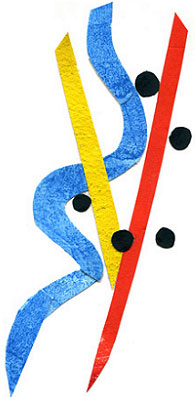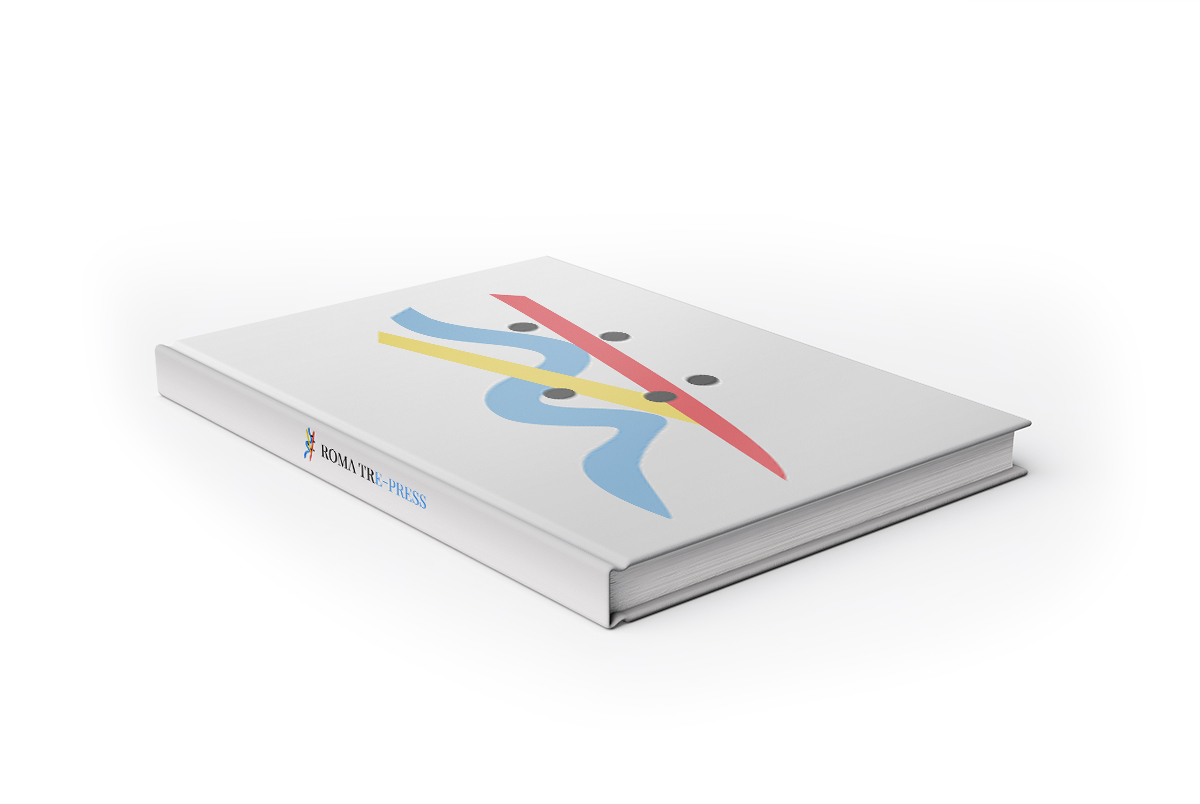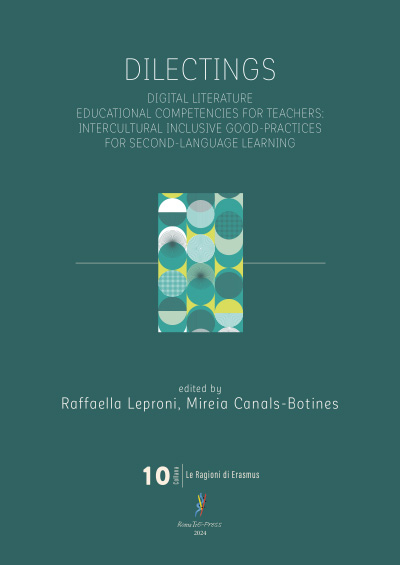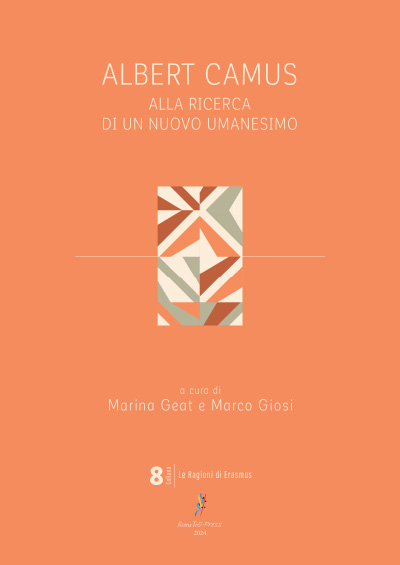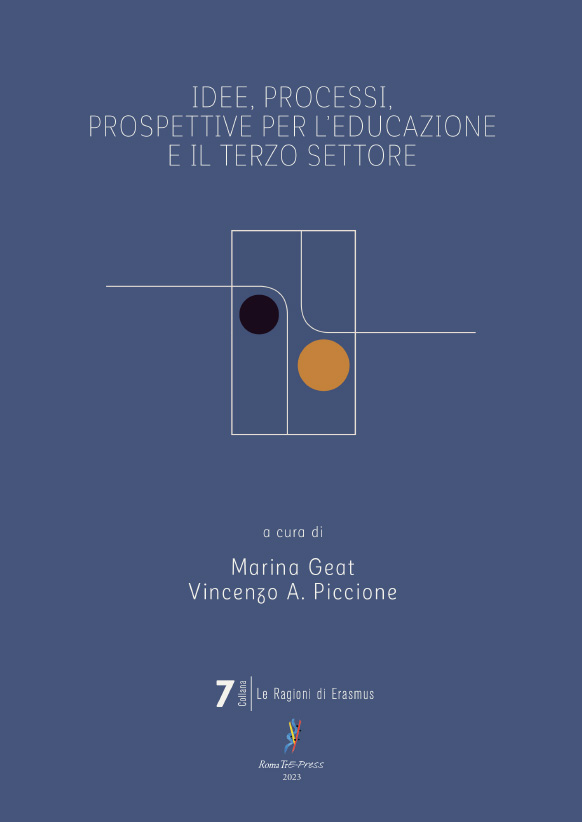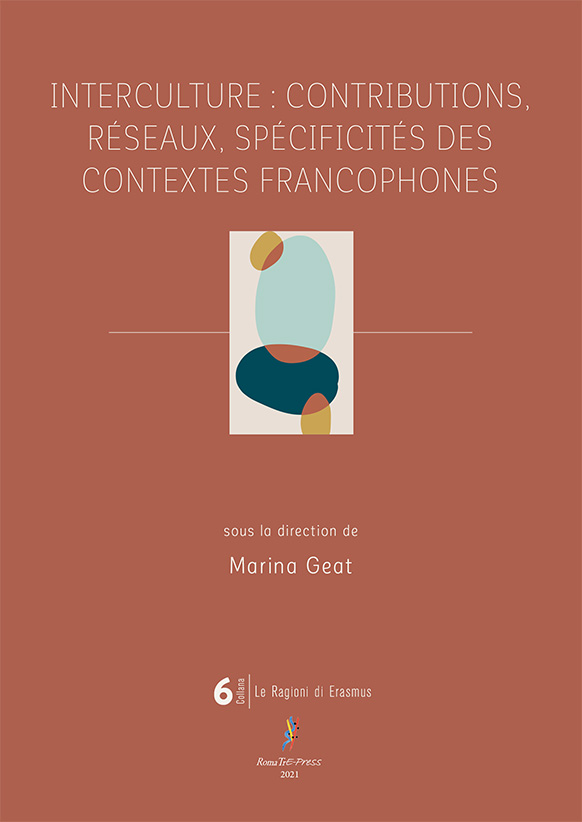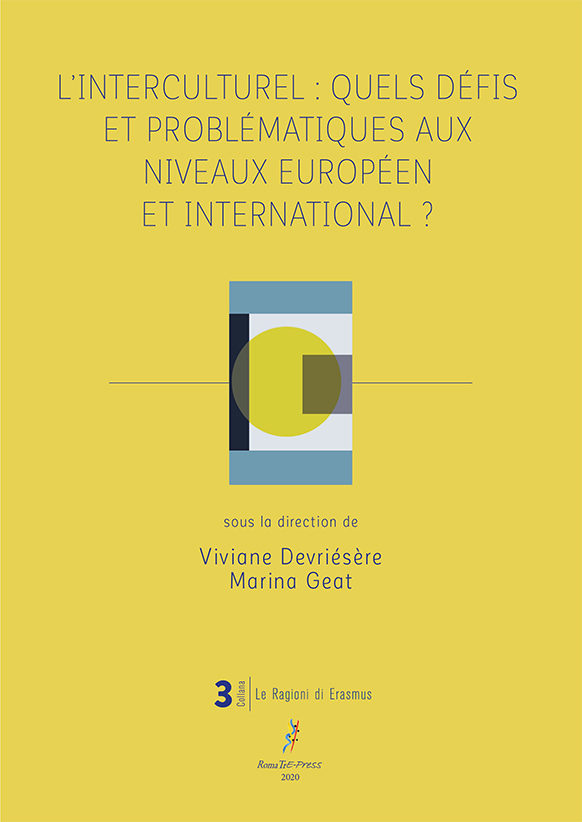Abstract

L’ipotesi di lavoro della ricerca pubblicata in questo volume è che le corrispondenze epistolari siano uno strumento molto utile per esplorare i meccanismi in atto nel dialogo interculturale. Nel quadro di una ricerca annuale del Dipartimento di Scienze della Formazione dell’Università Roma Tre, il progetto che dà il titolo a questa pubblicazione analizza un corpus di corrispondenze del XIX e del XX secolo. L’obiettivo che il gruppo di ricerca si è posto è stato quello di comprendere meglio come, nella dimensione duale o polifonica propria del genere “corrispondenze”, due (o più) esistenze individuali si confrontino, nel corso del tempo e degli avvenimenti che attraversano, elaborando rappresentazioni dinamiche e condivise del mondo, in particolare in situazioni in cui i protagonisti dello scambio epistolare manifestano identità culturali sotto vari aspetti differenti. Il risultato è un mosaico significativo di esperienze interculturali e spesso interdisciplinari. Passando per le lettere di Gustave Flaubert, George Sand, Paul Gauguin, Isabelle Eberhardt, Robert Delaunay, Aimé Césaire, Christian Dotremont, Yves Bonnefoy, Cesare Pavese, Giuseppe Cocchiara, Ghita El Khayat, Abdelkébir Khatibi, gli articoli che compongono questo volume mostrano come le corrispondenze possono contribuire all’elaborazione dei principali nodi di tensione interculturale della loro epoca, sempre restando nel quadro delle esperienze e delle esigenze individuali soggetto di queste istanze dialogiche.

The underlying hypothesis of the research published in this volume is that correspondences are a very useful instrument to explore the mechanisms of intercultural dialogue. In the framework of an annual research of the Department of Educational Sciences of the Roma Tre University, the project that gives the title to this publication analyses a corpus of correspondences from the 19th and 20th centuries. The aim of the research group was to better understand how, in the dual or polyphonic dimension of the "correspondences" genre, two (or more) individual existences confront each other in the course of time and events they go through, elaborating dynamic and shared representations of the world, in particular in situations where the protagonists of the exchange of letters manifest cultural identities under different aspects. The result is a significant mosaic of intercultural and often interdisciplinary experiences. Passing through the letters of Gustave Flaubert, George Sand, Paul Gauguin, Isabelle Eberhardt, Robert Delaunay, Aimé Césaire, Christian Dotremont, Yves Bonnefoy, Cesare Pavese, Giuseppe Cocchiara, Ghita El Khayat, Abdelkébir Khatibi, the articles that compose this volume show how correspondences can contribute to the elaboration of the main points of intercultural tension of their era, always remaining within the framework of the individual experiences and needs which are the subject of these dialogical instances.

Ce volume présente les résultats d'un projet de recherche dont l'objectif a été de vérifier l'efficacité de l'étude des correspondances dans l’exploration des mécanismes régissant le dialogue interculturel. Dans le cadre d'un projet annuel financé par le Département des Sciences de l'Éducation de l'Université Roma Tre, le groupe de recherche a analysé un corpus de correspondances des XIXe et XXe siècles afin d'approfondir la connaissance de confrontations épistolaires dans lesquelles les protagonistes des échanges manifestent, de plusieurs façons, des identités culturelles différentes. Il en résulte une mosaïque significative d'expériences interculturelles et parfois interdisciplinaires.
Étudiant des lettres de Gustave Flaubert, George Sand, Paul Gauguin, Isabelle Eberhardt, Robert Delaunay, Aimé Césaire, Christian Dotremont, Yves Bonnefoy, Cesare Pavese, Giuseppe Cocchiara, Ghita El Khayat, Abdelkébir Khatibi, les articles réunis dans ce volume montrent comment des correspondances ont contribué à mettre en évidence les principales tensions interculturelles qui se nouaient au moment où elles ont été écrites, tout en conjuguant, dans une perspective dialogique, cette ouverture au monde avec la subjectivité de leurs auteurs.
